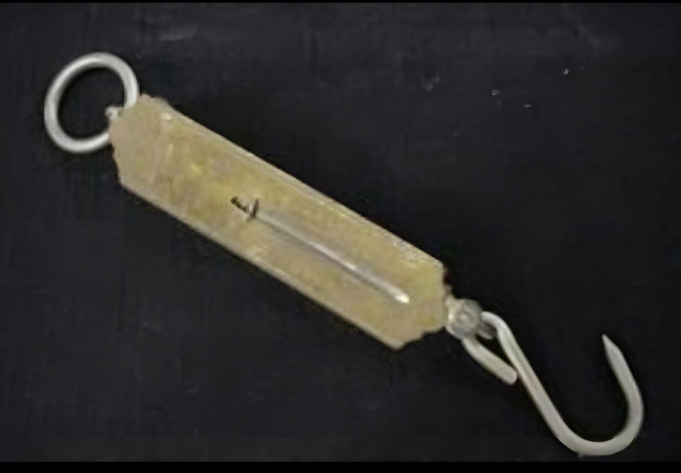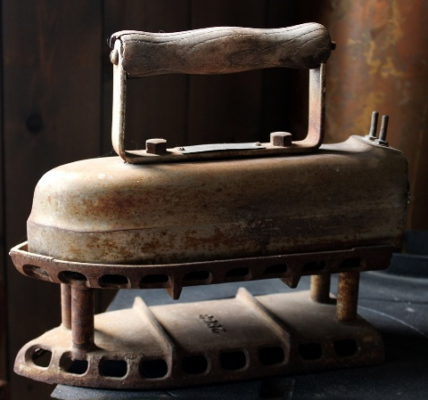The invention of digital scales in the mid-20th century revolutionized weight measurement, gradually replacing mechanical scales. Despite this shift, antique mechanical scales have become prized collector’s items, valued for their intricate craftsmanship and historical significance. These scales, often handcrafted with precision, offer a glimpse into the past when weighing was an art as much as it was a science. Let’s explore the history, types, and uses of these vintage weighing devices that once played crucial roles in commerce, industry, and everyday life.
The Historical Significance of Antique Scales
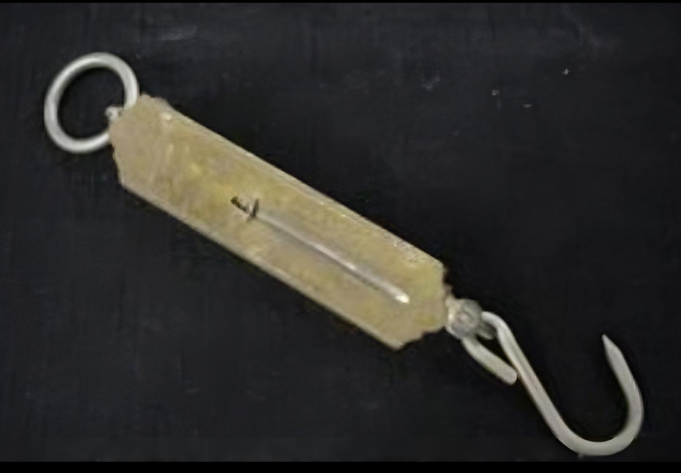
Mechanical scales date back thousands of years, with origins rooted in ancient civilizations. They evolved over centuries, reflecting advances in science, technology, and commerce. Early scales were simple lever-based tools, while later versions incorporated sophisticated mechanisms for increased accuracy and ease of use. The oldest known scale, discovered in Norway, dates back to 1444, highlighting the long-standing role of scales in trade and daily life.
The rapid development of electronics in the 20th century made digital scales more popular, but mechanical scales retained their charm and utility, especially in niche markets and among collectors. These vintage scales are now admired not only for their historical function but also for their aesthetic appeal.
Types of Mechanical Scales: A Closer Look
Mechanical scales come in a variety of designs, each tailored to specific weighing needs. Here are some of the most notable types:
Equal Arm Beam Balances: The Classic Lever Design
The equal-arm beam balance is one of the oldest and simplest forms of mechanical scales. It operates on the principle of the lever, where a uniform beam is suspended at its center (fulcrum) with two pans hanging on either side. To measure weight, an object is placed on one pan, and standard weights are added to the other until the beam balances horizontally.
- Modifications for Different Uses: Equal-arm scales were modified for different applications, such as weighing money, precious metals, groceries, parcels, and chemicals. One notable adaptation is the Roberval Scale, invented in 1730 by M. Gilles de Roberval. It featured two beams and load platforms on top, making it easier to place and weigh items on a table.
- Sensitivity and Precision: The scale’s sensitivity depends on factors like friction in the hinges, the mass of the components, and the beam’s length. Brass was often used to construct parts due to its low friction, enhancing the scale’s accuracy.
Money Scales: The Measure of Wealth
Since ancient times, weighing coins of gold and silver was essential for trade. Money scales were designed to be portable and accurate, making them crucial for merchants and bankers. These scales, often small enough to fit into a container, were typically equal-arm balances but occasionally took the form of steelyard scales.
- Coin Verification: By the 18th century, small pocket scales were introduced to verify the weight of individual coins. These scales were highly precise, with some even capable of detecting variations as small as 0.1 grams.
Postal Scales: Weighing Letters and Packages
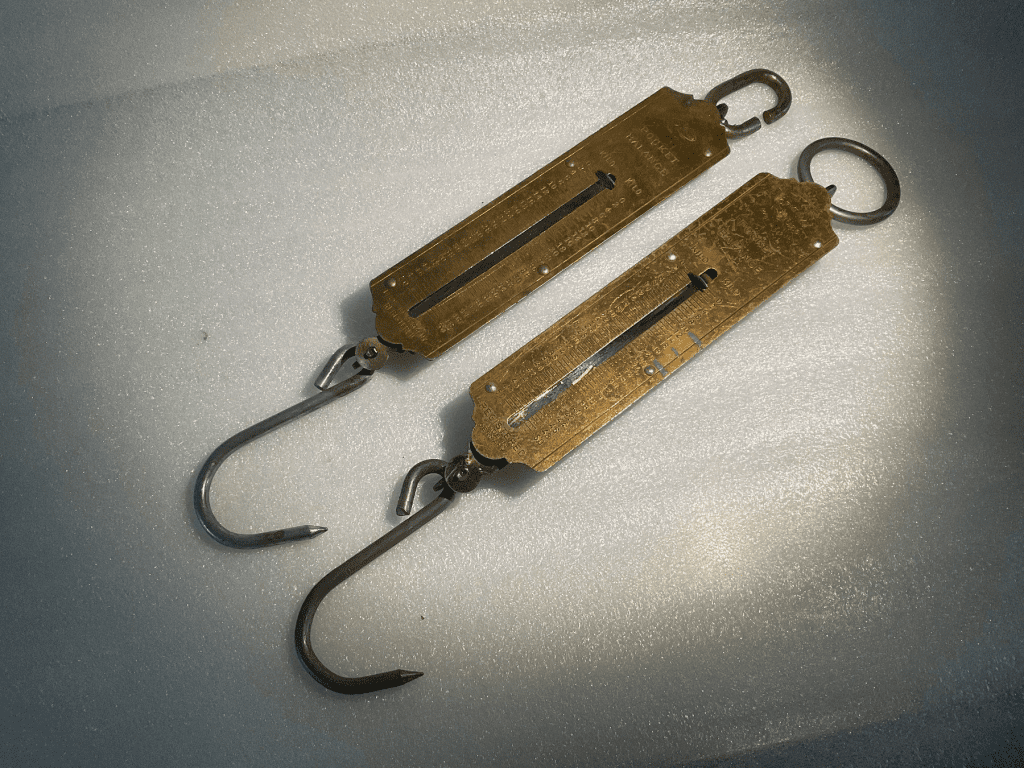
The introduction of postage stamps in 1840 created a need for postal scales to determine postage costs based on weight. Nearly all types of scales were adapted for postal use, including beam scales, spring scales, and pendulum scales.
- Varied Designs: Postal scales came in designs where pans hung below the beam, as well as in versions where pans were positioned above. Some models used spring mechanisms to measure weight, making them compact and easy to use in post offices and homes.
Kitchen Scales: A Recipe for Precision
Kitchen scales were developed to measure ingredients accurately for cooking and baking. These table scales were usually spring-based, with small weighing ranges for precision in culinary tasks. Kitchen scales were often designed to be decorative, making them attractive additions to countertops.
Apothecary and Analytical Scales: Weighing Medicine with Care

In the 18th century, apothecaries, pharmacists, and chemists needed highly sensitive scales for measuring medicines and chemicals. These analytical scales were delicate and typically built into boxes with glass covers to prevent dust and moisture from affecting the measurements.
- Design Features: These scales often had glass or brass pans and a central beam with fine-tuned adjustments to maximize accuracy. The hinged mechanisms were designed to minimize friction, ensuring precise measurements of small quantities.
Unique Types of Mechanical Scales
While many mechanical scales served general purposes, some were specifically designed for particular industries or tasks. Here are a few unique types:
Unequal Arm Balances: The Steelyard and Bismar Scales
Unlike equal-arm balances, steelyard scales have a shorter arm for the load and a longer arm for the counterweight. The beam remains fixed at the fulcrum, with the counterweight moving along the longer arm until equilibrium is reached. This design allows one weight to measure a wide range of loads.
- Versatility and Modifications: Steelyard scales were used in warehouses, clinics, and even for weighing large loads like sides of beef. Some models had additional fulcrums or counterweights to increase accuracy and allow for tare weight adjustments.
- Bismar Scales: These are another type of unequal-arm balance, with a fixed pan on one arm and a movable fulcrum along the beam. They were used for precise measurements in industries like coin verification and medicine.
Pendulum Scales: The Swing of Precision
Pendulum scales feature a lever beam with a pendulum-shaped arm that moves laterally when weight is applied. The permanent counterweight on the pendulum arm helps determine the precise weight of the load. Some pendulum scales have multiple counterweights, doubling the weighing capacity.
Spring Scales: Measuring Deformation
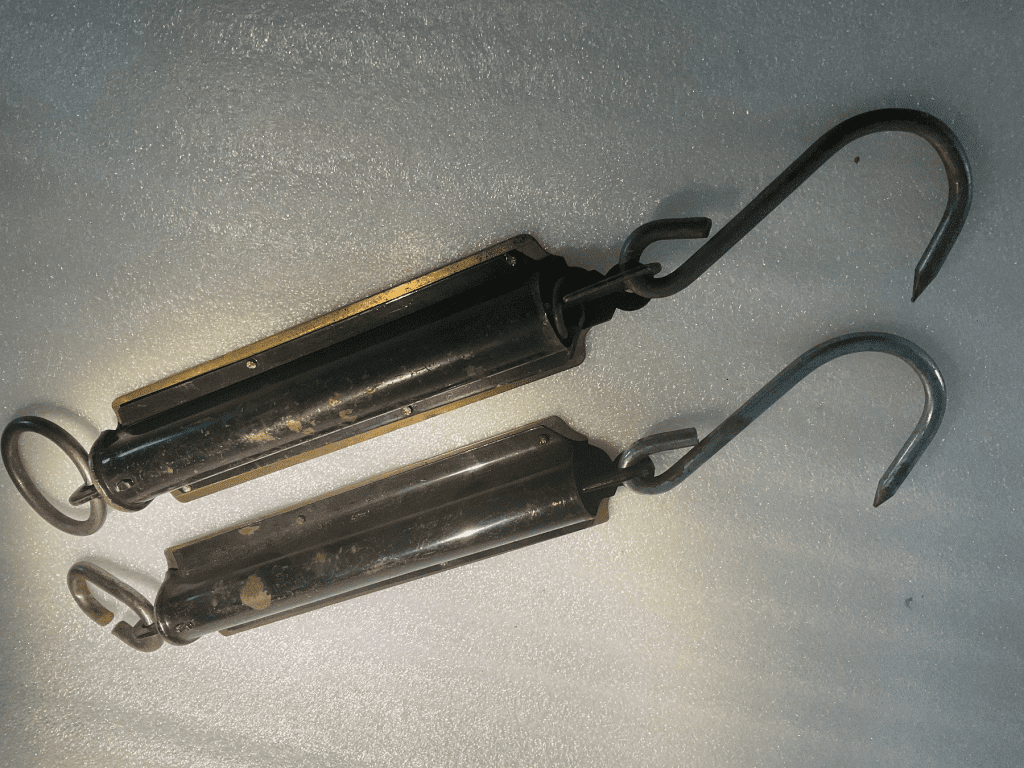
First described by Christof Weigel in 1698, spring scales measure weight based on the deformation of a spring. As the spring stretches or compresses, a pointer on a scale indicates the weight. While spring scales are less accurate than beam balances, they were widely used in kitchens, markets, and other everyday settings.
Egg Scales: Sorting by Size
Egg scales were designed to sort eggs by size and weight. Early models used a metal strap with a spoon-like depression, while later versions could weigh multiple eggs at once. Despite their limited aesthetic appeal, egg scales became popular among farmers and grocers for their functionality.
The Art of Antique Scales: A Collector’s Treasure
Antique scales are not only functional tools but also objects of art, often made from materials like brass, wood, and cast iron. Their intricate designs reflect the craftsmanship of their time, making them highly desirable among collectors. These scales serve as reminders of a time when weighing was both a science and an art, requiring skill and precision.
Conclusion: The Timeless Appeal of Antique Scales
Antique mechanical scales have a rich history, serving diverse roles in commerce, industry, and everyday life. From equal-arm balances used by merchants to delicate apothecary scales for medicine, these devices are a testament to human ingenuity. Today, they hold a special place as collector’s items, valued for their craftsmanship, historical significance, and aesthetic appeal. As symbols of a bygone era, antique scales remind us of a time when weighing was not just a task but a carefully honed skill.
